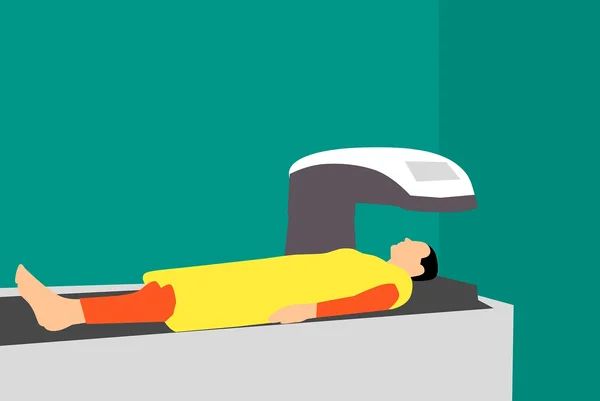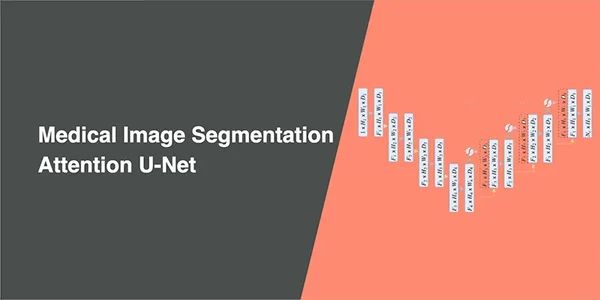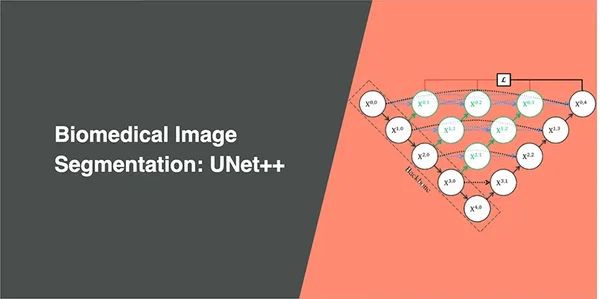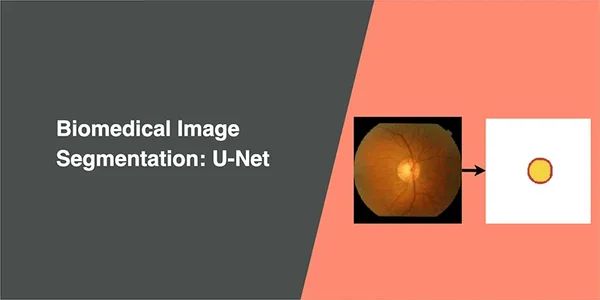How Artificial Intelligence Played a Critical Role in this Pandemic
Industry, academia, national laboratories and federal agencies working together to solve this crisis

The coronavirus has affected everyone around the globe. People have lost their loved ones, countries have shut down, medical professionals are working around the clock and people have lost their jobs.
As artificial intelligence has been one of the hottest topics around for several years. How has it been relevant in such times, and how can it help humanity in beating this crisis?
Demand forecasting to mitigate supply gap
The Institute for Health Metrics and Evaluation (IHME) is a research organization at the University of Washington School of Medicine. They released a set of coronavirus data forecasts visualizations that the White House, Federal Emergency Management Agency and hospitals are using to mobilize resources.
IHME developed a model that predicts the demand for the number of hospital beds and ventilators. It also predicts the number of deaths from coronavirus from around the world over the next 4 months.
IHME published their analysis on March 26. They predicted that the demand for hospital services is likely going to exceed capacity substantially. 41 states will need more ICU beds than what hospitals have available, with 11 states needing to increase the number of ICU beds by more than 50%. These analyses have help government and organizations to meet the incoming demand and implement strategies to mitigate this supply gap.
Artificial intelligence research for drug discovery
The COVID-19 High-Performance Computing Consortium is a research consortium consisting of tech companies, academia, national laboratories and federal agencies.
The research community have provided their technical capabilities to work on complex research projects to help fight the virus. Researchers are applying artificial intelligence algorithms, building machine learning models, generative networks, and reinforcement learning; for drug discovery, discovering molecular & genome characterization and structures analysis, and simulations.
Companies and agencies are providing free Cloud computational resources of over 402 petaflops, over 3 million CPU cores and over 40,000 GPUs. These supercomputers have empowered top scientists and researchers with the computation needs to ensure rapid results.
Virtual assistant to decrease the load on call centres
Emergency and medical services around the globe have seen an increased call volume from people showing symptoms of coronavirus. As customer representatives and social workers are increasingly ordered to work from home, companies and countries are turning to AI to bridge the resulting gaps in service.
After realizing that many people were asking the same general questions, implementing virtual assistant seemed to be the solution. Copenhagen used a virtual assistant bot to screen people for coronavirus; the bot answered 30,000 calls on its first day of work. This frees up healthcare professionals from the need to respond to inquiries and focus their time on providing care to patients.
Microsoft Healthcare Bot provides self-service symptom checker with its language understanding models tuned to understand medical and clinical terminology. This self-assessment bot is critical to provide solutions that can help patients and clinical teams in the fight against this global health crisis.
Computer vision to diagnose coronavirus
As America has collectively tested a million people and some test results are taking more than a week. Testing of coronavirus remains among the most pressing problems with America’s response to the pandemic — this calls for quick and accurate coronavirus diagnostics.
Alibaba Group built an artificial intelligence system capable of virus-diagnosis and analysis from CT scan imagery. A CT machine produces 300 to 400 images per patients, and it would take a very experienced doctor at least 10 minutes to diagnose one patient. An artificial intelligence system can diagnose in less than 30 seconds and with a 96% accuracy.
These AI-enabled medical-imaging systems use computer vision to classify cases and to detect signs of improvement. It served as an analytical and screening tool, providing the opinion for doctors to make decisions. These AI systems have been used by 26 hospitals and has helped diagnose over 30,000 cases in China, and it is on its way to help other countries.
John Kennedy highlighted that the Chinese word for crisis (危机) is made up of two components, danger and opportunity. In every crisis lies an opportunity, we have to harness this opportunity so that we can progress as a human race. This crisis would emerge innovative ways to apply and to advance artificial intelligence. I am optimistic about the future of AI and how it can change the way we live.
When written in Chinese, the word ‘crisis’ is composed of two characters. One represents danger and the other represents opportunity. — John F. Kennedy






